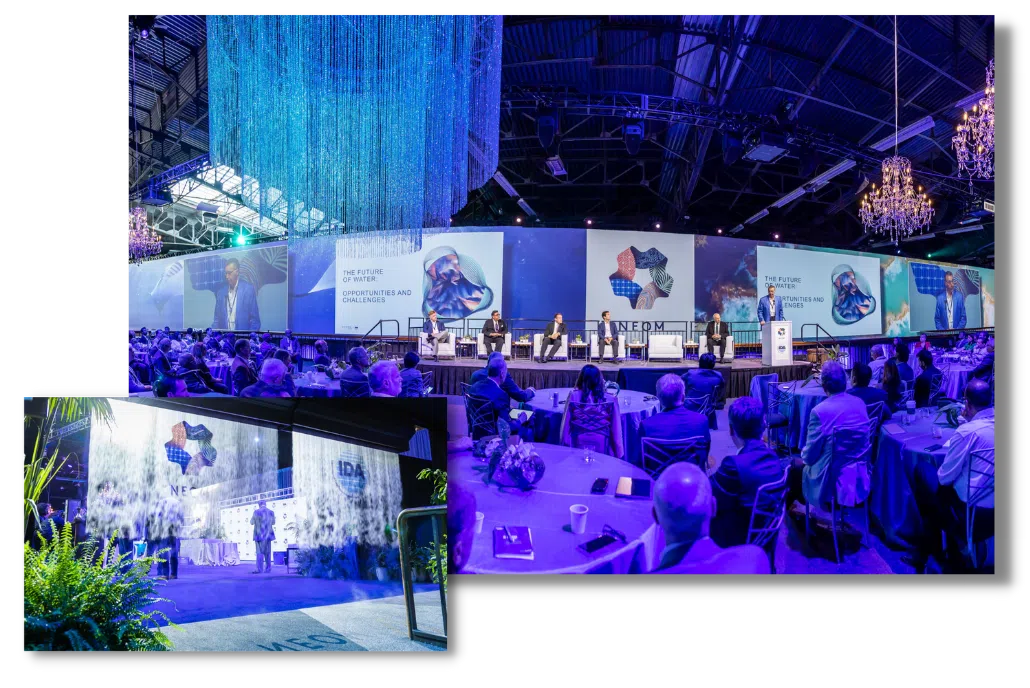Why Event Source Solutions Are Crucial for Seamless Event-Driven Styles
In the world of modern software program advancement, event-driven styles are progressively prevalent, yet their efficiency hinges on the application of durable event resource services. As sectors shift towards real-time information handling, understanding the effects of event sourcing ends up being essential.
Recognizing Event-Driven Designs
Event-driven styles (EDAs) represent a paradigm shift in creating software program systems, where the flow of details is determined by the event of events. This architectural style advertises a decoupled technique, allowing different components to communicate asynchronously. In EDAs, occasions offer as the key methods of communication, triggering processes or workflows in reaction to particular incidents, such as individual activities or system modifications.
The secret elements of an EDA include event manufacturers, which create occasions; occasion consumers, which react to events; and event channels, which assist in the transmission of events in between producers and consumers. This framework enhances system responsiveness and scalability, as elements can individually process occasions without the demand for simultaneous communication.
In addition, EDAs allow real-time information processing, making them appropriate for applications needing immediate understandings-- such as fraudulence detection in monetary systems or checking IoT gadgets. They likewise support a more nimble development setting, permitting teams to iterate rapidly and deploy new attributes with marginal disturbance to existing solutions.
The Duty of Occasion Source Solutions
While numerous parts in an event-driven design depend on reliable interaction, event source solutions play a vital function in producing and handling the flow of events. These services function as the initial point of event production, recording modifications in state or customer actions and converting them into occasions that can be propagated with the system.

Additionally, they help with the decoupling of manufacturers and customers within a design, permitting systems to range individually. This decoupling is vital for enhancing system strength, as it decreases dependences that can or else lead to bottlenecks or solitary points of failing.
Advantages of Real-Time Information Processing
Real-time data processing considerably improves the capabilities of event-driven architectures by enabling immediate insights and actions based on the newest info (your event source charlotte). This immediacy not only speeds up decision-making however likewise boosts the importance and accuracy of those decisions. Organizations can react to occasions as they take place, minimizing latency and boosting operational agility
One of the key advantages of real-time information handling is the capacity to catch and evaluate information continuously. This assists in proactive steps instead of responsive responses, allowing companies to expect patterns and possible problems prior to they intensify. For instance, in fields such as financing or shopping, real-time analytics can determine deceptive transactions or consumer behavior adjustments, permitting speedy treatments that mitigate threat and maximize client satisfaction.

Inevitably, the assimilation of real-time information handling right into event-driven styles encourages companies to harness the complete capacity of their data, driving development and competitive advantage in a progressively vibrant market.
Enhancing System Interaction
Effective communication in between systems is vital for the success of any type of event-driven design. Event resource options facilitate this interaction by supplying a robust structure for recording and transferring events in real time. By standardizing just how systems create and take in events, these services eliminate ambiguity and foster interoperability, allowing disparate systems to work together perfectly.
Using occasion streams enables systems to respond without delay to adjustments, making certain that all components are aligned and informed. This responsiveness is important in environments where prompt information exchange straight impacts decision-making and general system performance. In addition, event resource services supply mechanisms for occasion filtering, makeover, and directing, enhancing the efficiency of information circulation between systems.
Additionally, by applying a publish-subscribe model, occasion source remedies decouple system elements, enabling better flexibility and scalability. This decoupling indicates that systems can evolve individually, making it simpler to incorporate new functionalities or replace existing parts without interrupting total interaction.
Future Trends in Event Sourcing


Another significant trend is the surge of cloud-native occasion sourcing services. These platforms utilize the scalability and versatility of cloud facilities, enabling organizations to effectively handle and keep large amounts of event data without the expenses of traditional systems. This shift promotes greater ease of access and cooperation across teams.
Additionally, the adoption of microservices architecture is influencing occasion sourcing techniques. As reference companies progressively sector their right here applications right into smaller, independent solutions, occasion sourcing gives a robust system to maintain data uniformity and honesty across these distributed systems.
Verdict
In conclusion, event source options serve as a critical foundation for seamless event-driven architectures, allowing effective occasion generation and monitoring - your event source charlotte. The advantages of real-time information handling and improved system interaction highlight the value of adopting event sourcing methods.